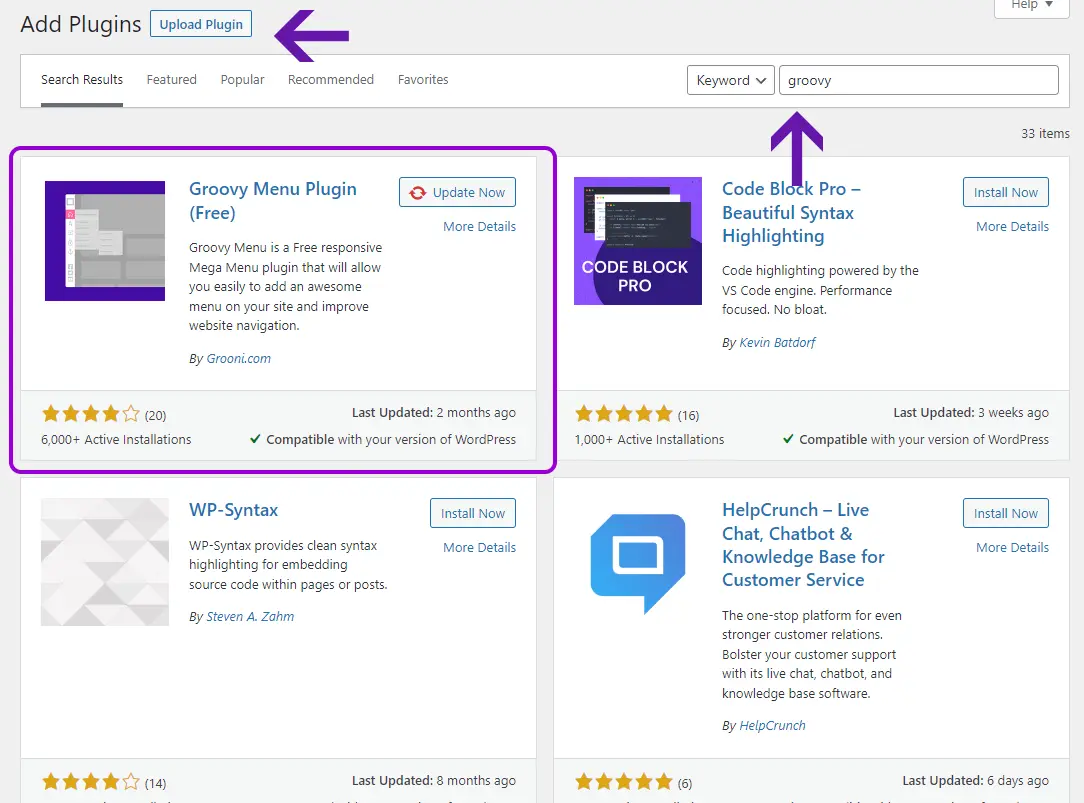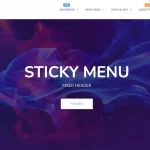Subtotal: $40.00
What Is a Hamburger Menu?
When browsing the internet on a mobile device, you’ve probably noticed a small three-line icon in the corner of the screen. This icon, commonly referred to as the hamburger menu has become a popular way for websites to display their navigational elements in a compact and easily accessible manner.
Instead of taking up valuable screen real estate with a traditional menu, the hamburger menu collapses all of the navigation options into a small, recognizable icon. When tapped, the menu expands to reveal a list of links or other navigational elements.

Hamburger button history
The hamburger button (the triple bar ≡ or trigram ☰), has become a ubiquitous feature on websites and mobile apps, recognized by its three horizontal lines representing a menu. But where did this icon come from, and how did it become so popular?
The hamburger button was first introduced by designer Norm Cox in the early 1980s as part of the user interface for the Xerox Star, one of the first graphical user interfaces. However, it was not widely adopted until the rise of mobile devices and responsive web design in the early 2010s.
One of the key benefits of the hamburger button is that it allows designers to save space on smaller screens, while still providing access to important navigation options. It also provides a cleaner, minimalist design that is favored by many modern websites.
However, the use of the hamburger button has not been without controversy. Some argue that it is not intuitive for users, particularly those who are not familiar with mobile apps. Additionally, there is a concern that it can lead to hidden navigation options that users may not be aware of.
Despite these criticisms, the hamburger button remains a popular choice for designers and developers, with many variations and styles available. From the classic three-line design to more creative and playful interpretations, the hamburger button is likely to continue to be a prominent feature in website and app design for years to come.
What’s good about a hamburger menu
One of the primary benefits of the hamburger menu is its ability to simplify the user experience. By hiding the menu until it’s needed, the hamburger menu can help to reduce clutter and minimize distractions, allowing users to focus on the content at hand. This can be particularly useful for websites with complex navigation structures, where it can be difficult for users to find the information they need.
Another benefit of the hamburger menu is its flexibility. Unlike traditional menus, which are often limited by the size and layout of the website, the hamburger menu can be customized to fit any design or layout. This means that designers can create unique, visually stunning menus that are tailored to the needs of their users.
That said, the hamburger menu is not without its drawbacks. One potential issue is that it can be difficult for users to discover the menu, especially if they’re not familiar with the icon. This can be mitigated by including a label or other visual cue to indicate the presence of the menu.
Another potential issue is that the hamburger menu can hide important navigational elements from users, making it more difficult for them to find the information they need. This can be addressed by using other navigational elements, such as breadcrumbs or a footer menu, in addition to the hamburger menu.
Despite these potential issues, the hamburger menu remains a popular option for many websites, particularly those that prioritize simplicity and mobile-friendliness. Here are some examples of websites that use the hamburger menu effectively:
The best hamburger menu websites
- Stupid Studios: This Danish design agency uses a hamburger menu that expands to reveal a list of projects and services. The menu also includes a search bar, making it easy for users to find what they’re looking for.
- Treehouse: This online learning platform uses a hamburger menu to display its navigational elements, which include links to courses, community forums, and other resources. The menu also includes a prominent call-to-action button for signing up.
- Parcel: This UK-based courier service uses a hamburger menu to display its shipping rates and tracking options. The menu also includes a link to customer support and a search bar for finding specific information.
Hamburger menu design pros and cons
Pros:
- Hamburger menus can be effective in saving space on the screen. This can be particularly useful on smaller screens such as mobile devices.
- They can help simplify the navigation experience by hiding less frequently used menu items until they are needed.
- Hamburger menus are easily recognizable and widely used, which means that users are often familiar with how they work.
- They can give a website a clean, minimalist look that appeals to modern design trends.
Cons:
- Hamburger menus can be less discoverable than traditional menus, as they are often hidden from view until the user taps on the icon. This can make it more difficult for users to find the information they need.
- They can also be confusing for some users who may not be familiar with the hamburger menu icon or how it works.
- Hamburger menus can hide important information that users may need to access quickly. This can lead to frustration and a poor user experience.
- They may also lead to a higher cognitive load for users, as they have to remember what menu items are hidden in the hamburger menu and navigate through it to find what they need.
How to add hamburger menu in WordPress
The Groovy Menu FREE plugin is a simple and effective way to add a hamburger menu to your WordPress website. For that you can follow these steps:
- To add a hamburger menu to your WordPress site using Groovy Menu, by the way this feature is available in Free version too.
- You can do this by going to the Plugins section in your WordPress dashboard, clicking on Add New, and write ‘Groovy menu’ in the search field

- Once the plugin is installed you need to integrate menu with your theme. How to do it read in the manual.
- Under ‘Groovy Menu > Dashboard‘ you can create a new preset with ‘Minimalistic menu type’, or load existing preset from the online library
- You can customize the appearance of the hamburger menu.
Note that the plugin also has a premium version that have a lot of premium features. The Premium plugin has a one-time payment, and there are no annual fees.
Video tutorial ‘How to create hamburger menu in WordPress’
In this video, you will take a step by step how to install this type of menu on your site
In conclusion
The hamburger menu can be a useful tool for simplifying the user experience on mobile devices. By hiding navigational elements until they’re needed, the hamburger menu can help to reduce clutter and improve focus. While it’s not without its drawbacks, the hamburger menu remains a popular option for many websites, particularly those that prioritize mobile-friendliness and simplicity.
 Product with options
Product with options 
